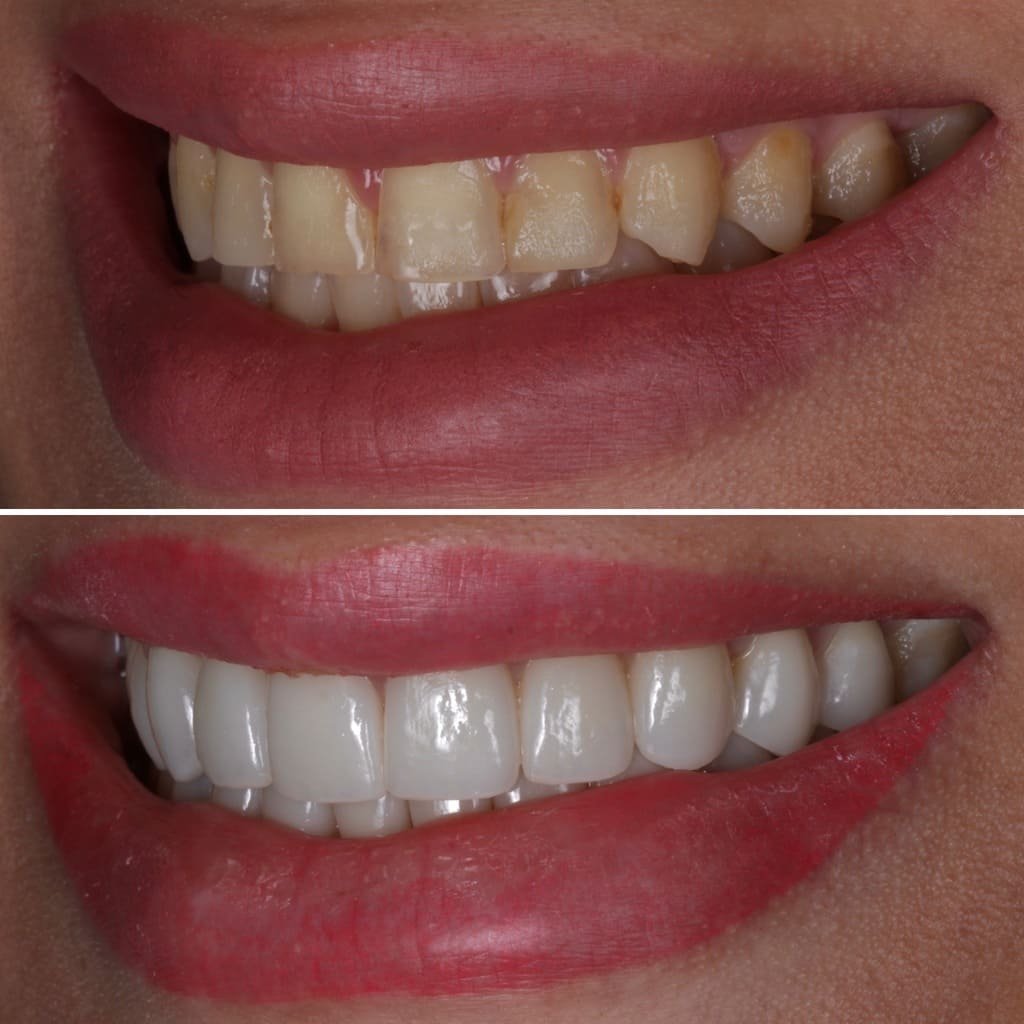
Dental veneers have gained popularity for their transformative power. These wafer-thin, custom-made shells designed to cover the front surface of teeth can enhance your smile in ways you might not have thought possible. However, as with most things in life, not all veneers are created equal. The quality of your veneers depends on several factors, such as the materials used, the adaptation and fit, the sensitivity of the bonding process, and, importantly, the aesthetic finish. Understanding these variables can help you appreciate why some veneers stand out for their excellence, while others may fall short.
Quality of Materials
When it comes to veneers, the choice of material is crucial. Common materials include composite resin and porcelain, but even within these categories, there are variations in quality. Higher-end materials like medical-grade porcelain offer better durability, stain resistance, and a more natural appearance. However, the type of material is just the starting point; how the material is manipulated during the veneer-making process also affects the outcome.
Importance of Good Adaptation and Fit
A veneer’s fit can make or break its effectiveness and longevity. An ill-fitting veneer can lead to a range of complications, from gum inflammation to bacterial build-up and bad breath. The importance of a perfect fit cannot be overstated, and it’s where the skill of the dental professional shines. Precise measurements and a keen understanding of your dental anatomy are essential for a veneer that fits like a glove.
Technique Sensitivity in Bonding
The process of bonding the veneer to your natural tooth is not as straightforward as it may seem. It’s a technique-sensitive procedure that involves multiple steps: preparing the tooth surface, applying a bonding agent, positioning the veneer, and finally, curing the bond. Each of these steps must be executed flawlessly to ensure a strong, lasting bond. If any part of this process is compromised, it can affect the veneer’s durability and even its appearance.
The Aesthetic Element
Veneers are not just about correcting dental imperfections; they’re also about achieving a desired aesthetic outcome. A well-designed veneer should blend seamlessly with your natural teeth, matching their shape, size, and color. Achieving this level of natural aesthetic requires a meticulous eye for detail and an in-depth understanding of dental aesthetics. It’s not merely a clinical procedure but an artistic endeavor.
Conclusion
In the realm of dental veneers, the adage “you get what you pay for” often holds true. High-quality materials, a perfect fit, a meticulous bonding process, and superior aesthetics are the hallmarks of a premium-quality veneer. While it might be tempting to opt for quicker or cheaper alternatives, understanding these critical variables will make it clear why investing in quality is the wiser decision for your long-term dental health and appearance. After all, your smile is one of your most important assets; it’s worth giving it the best care possible.
